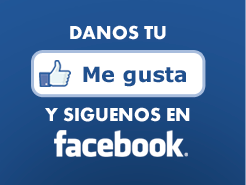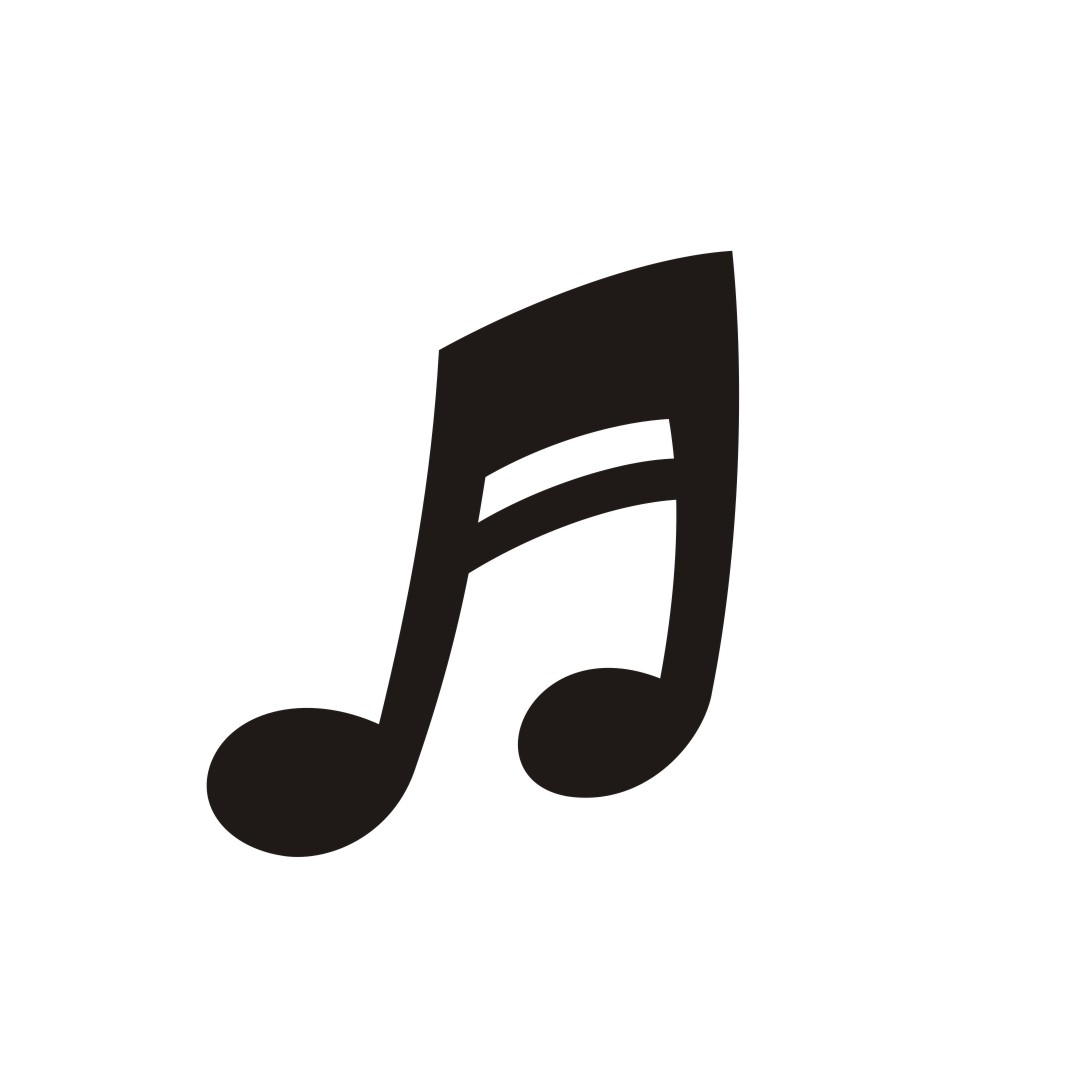


I couldn’t have produced this book anywhere else,” he says. “At Cornell, music from the past and the present comes alive in so many ways. The recordings also feature Ariana Kim, Cornell’s professor of violin. The Westfield Center’s presence at Cornell was important to Moseley’s research: the center awarded him a grant to make the book’s recordings, which feature four of Cornell’s keyboard instruments played by Moseley, professor emeritus Malcolm Bilson, and graduate students Mathew Hall and Shin Hwang. This page offers a music keyboard text symbol to copy and paste music emoticons, symbols, and emojis to any application. The cost of publication is being shared by the press, Cornell’s Hull Fund and Open Access Publication Fund, the Department of Music, the Westfield Center for Historical Keyboard Studies and other grantors. This innovative approach to publication enabled Moseley to include audio and video materials alongside the text so readers can absorb play-by-play commentary – on Bizet’s depiction of a game of leapfrog or the mashing up of Super Mario’s exploits with a Mozart keyboard concerto – with an immediacy that is impossible in print alone.
NOTA MUSICAL FACEBOK DOWNLOAD
Alongside its publication as a traditional paperback, Moseley’s book will be available as a free open-access download in various e-book formats through Luminos, University of California Press’s new open-access publishing program for monographs. As a medium, it is at once digital and analog, just as play depends both on unambiguous binary rules and on their imaginative interpretation – if not their circumvention.”Ī long-standing problem for music scholarship has been that readers can’t hear the music being discussed. “The piano’s keyboard presents us with a grid of pitches that we navigate by making discrete selections with our digits, but it also allows us to touch the soul by way of sound waves that can analogize innumerable ideas and feelings. “Keyboards enable us to play with sounds in different ways,” says Moseley. Throughout his book, the interface of the keyboard forms the main field of play on which diverse objects of inquiry – from clavichords to PCs and 18th-century musical dice games to the latest video-game titles – enter into analogical relations. Drawing on theories of media, systems and cultural techniques, Moseley’s book features Mozart and Super Mario alongside a large supporting cast of historical and virtual actors who collectively illustrate ludic dimensions of music that are at once old and new.Ī ludic medium, explains Moseley, is one that affords and conveys playful behavior. La nota musical en ese momento aparecer en la parte para escribir.

Tendrs dos opciones diferentes: una sola nota o tres notas ms pequeas. Haz clic en la nota musical que deseas insertar. It cuts across the traditional sub-disciplines of music studies to offer new and challenging connections between them. Se encuentra en la parte inferior de la lista de emoticones (tercer icono desde la derecha). “Keys to Play” has been called a “game-changer” and “dazzling and daring” by reviewers. This led me to consider not only how music can be playful, but also how play can be musical.” “You play a piano rather than ‘working’ it. “So many languages use a verb meaning ‘to play’ in relation to music,” says Moseley, assistant professor of music. The book spans Greek myth and contemporary Japanese digital games to address musical play and its animation via improvisation, performance and recreation at the keyboard. And the more people who can use Spotify, the more connections we can foster between creators and their audiences.Roger Moseley’s new book, “ Keys to Play: Music as a Ludic Medium from Apollo to Nintendo,” considers the playing of keyboards, both musical and at the computer, as a primary mode of musical behavior. This expansion will unlock an even more personal experience for our users, giving them the ability to access Spotify in their native or local tongue. So, in addition to the 27 languages we originally launched with and the 36 languages we rolled out in 2021, Spotify’s mobile app will now also support: Beginning today, Spotify will be supporting 11 new languages and dialects across mobile, bringing the total number of languages on Spotify to 74. That means ensuring our experience is accessible in the languages our users speak, no matter where they are. At Spotify, we’re committed to bringing the best in audio to our users around the world.


 0 kommentar(er)
0 kommentar(er)
